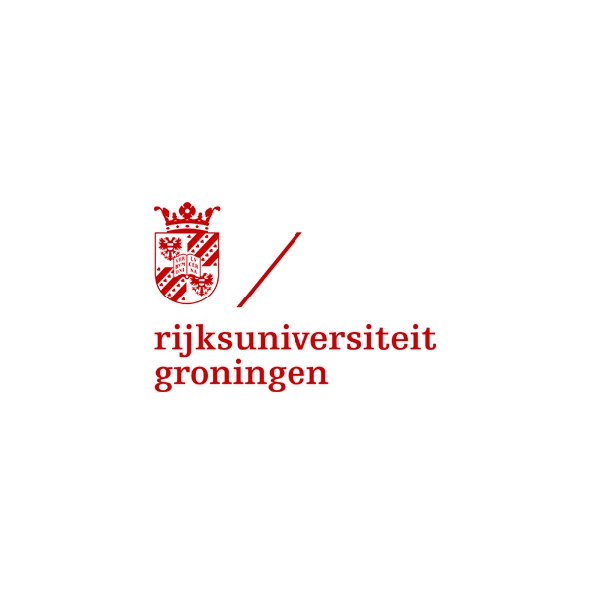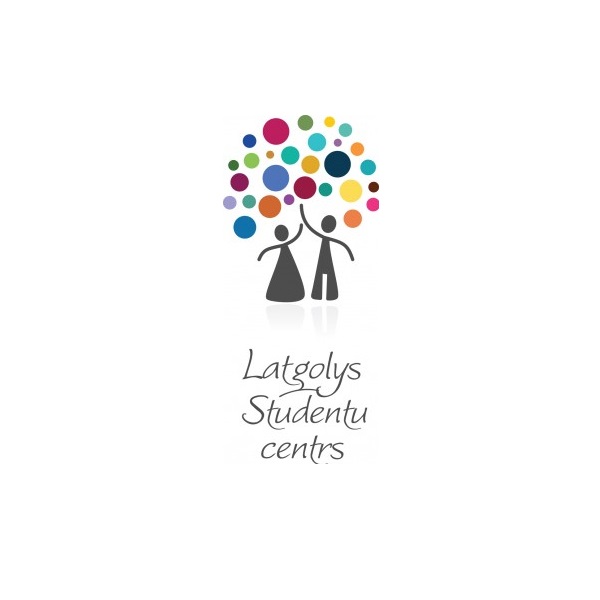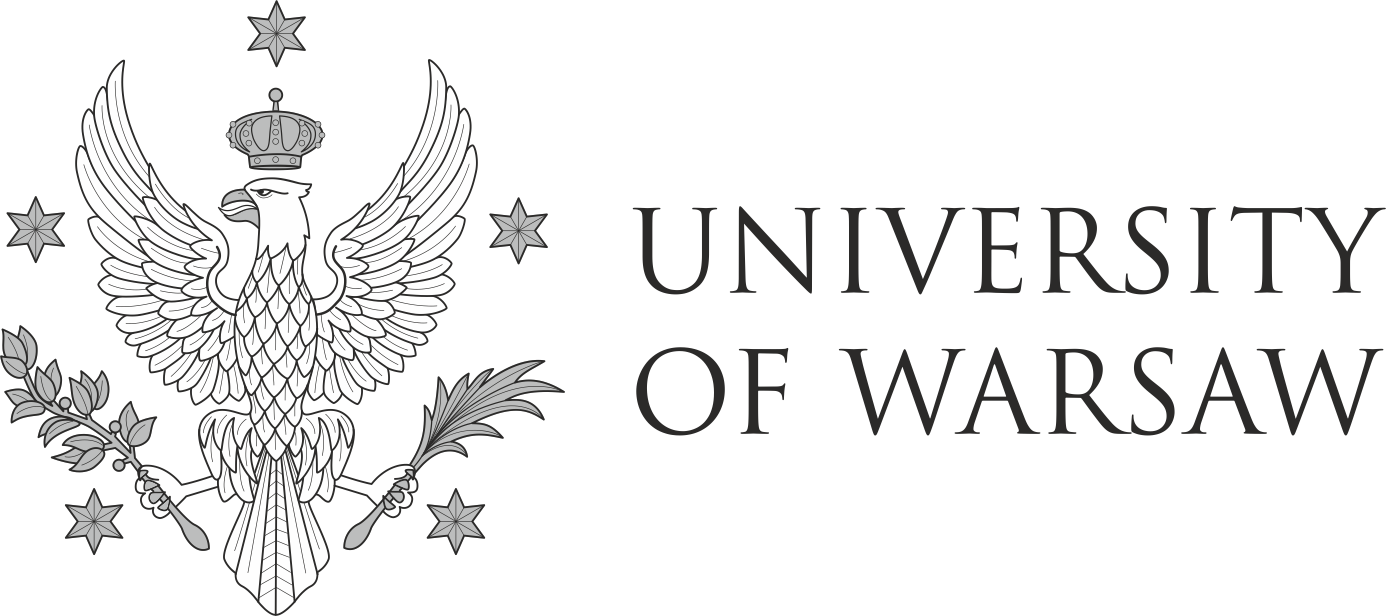Language contact in the Huasteca: The impact of Spanish on Nahuatl and “Tének” – a PhD dissertation by Elwira Dexter-Sobkowiak
2022.11.02 | Warsaw
The aim of this dissertation is to contribute to a better understanding of the role of Spanish as a source of convergence of linguistic features in two Mesoamerican languages: Western Huasteca Nahuatl and Tének (Huastec). In this work I show to what extent contact with Spanish and mestizo culture has changed the traditional features of Western Huasteca Nahuatl and Tének. Using my own fieldwork data as well as a number of published sources, I compare the modern use of the two indigenous languages with their traditional varieties as documented in colonial sources.
The study focuses on selected features of nominal and verbal morphology, syntax and the counting system, most of which have been listed as the diagnostic features of the languages of the Mesoamerican linguistic area. I demonstrate an increase in transparency in the nominal morphology of modern Nahuatl and Tének and I show that plural marking in both languages is no longer restricted to animate referents. I also show how contact with mestizo culture in Tének has contributed to the marking of culturally significant items, traditionally considered inalienable, as alienably possessed. Moreover, I trace a gradual loss of vigesimal counting and its replacement with the decimal system. With respect to verbal morphology, I show the development of periphrastic causative and applicative, and the loss in productivity of noun incorporation in Nahuatl. I also demonstrate how the domains of the use of middle voice in Tének have expanded to match the semantic contexts in which reflexive passive is used in Spanish. The influence of Spanish on the syntax in Nahuatl and Tének is exemplified by a shift towards SVO word order. I also demonstrate how locational copulas used in both languages have evolved to match the syntactic contexts in which the Spanish verb estar is used. Finally, I demonstrate a shift from the traditionally preferred unmarked phrasal and clausal coordination to the marked strategies that use either native or borrowed Spanish coordinands.
The study contributes to our theoretical and empirical understanding of the impact of a dominant language and culture on vulnerable indigenous languages. It examines the role of Spanish as the source of convergence of Hispanic features within the indigenous Mexican languages and shows how language contact contributes to the simplification of the highly synthetic morphological structure of traditional Nahuatl and Tének. The analysis also demonstrates that many of the discussed changes are not yet completed and there is significant variation in the use of both languages among speakers representing different sociolinguistic profiles. This study also informs empirical understanding of language endangerment and revitalisation by pointing at the interconnectedness between cultural and linguistic change.















